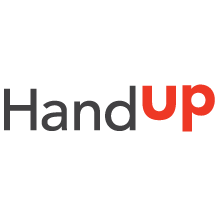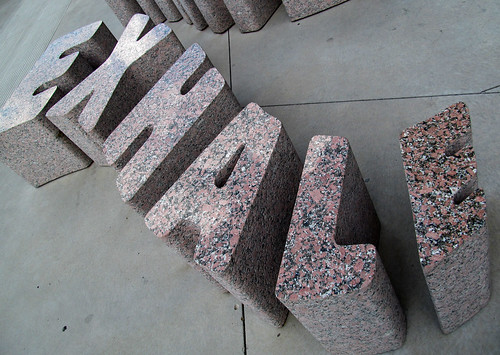32: What word, name, or phase will you not tolerate under any circumstance. (For ref: https://t.co/glAByEdN6Z) #LifeWideLearning16 @MrChase
— Ben Wilkoff (@bhwilkoff) February 1, 2016
As I’ve mentioned before, I’m not great at cursing. I’m probably better at it now than I was a few years ago. Maybe it means I’m smarter. No matter my prowess, I don’t enjoy swearing. I don’t want to either.
Maybe it’s because of how the words taste in my mouth that my opinion shifts when I meet people who enjoy that taste. This is similar to the involuntary opinions that form when I find out someone has a firearms collection. Sure, they could be keeping them around as a reminder of days gone by, and that doesn’t stop me from readying myself for when they decide to take aim at me.
All that said, I don’t know that there’s a word, phrase, or name I could never tolerate on its own. I’ve seen and performed enough comedy to know how a demeaning, demoralizing vulgarity in one person’s mouth can be a humanizing signal that we’re all in this together when expertly deployed.
Considering whether this is true, I’ve spent the last 15 minutes alone in my home reciting all of the worst words I can imagine. While many of them felt foreign as I said them, not one felt intolerable. Then, my dog jumped onto the couch beside me, and I started speaking profanities at her. I had to stop.
Words become weapons when directed at someone else rather than spoken into the ether. In my case, this applies to dogs as well. That’s where my tolerance ends. Yell the C-word straight toward the sky on the National Mall and I’ll walk on by. Turn a poisonous, “Stupid” at your 7 year old in a grocery store, and I’ll probably enter your conversation.
Words, like bullets, are all potential on their own. Load them and aim them at the defenseless, though, and you’ve made it my problem.
This post is part of a daily conversation between Ben Wilkoff and me. Each day Ben and I post a question to each other and then respond to one another. You can follow the questions and respond via Twitter at #LifeWideLearning16.
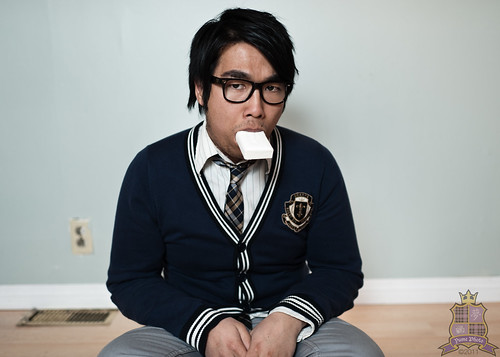
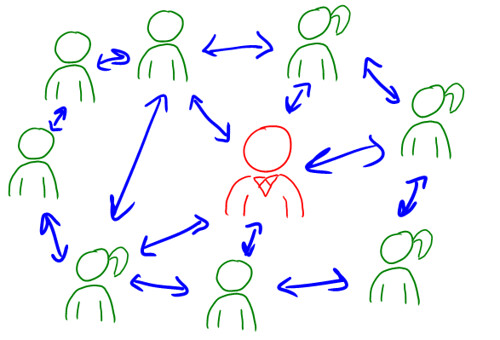


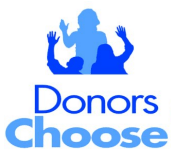 I realize the drawbacks. For one, recipients of these loans, grants, and gifts need access and knowledge of the existence of these tools. Without someone to connect them with the platforms, they may never have the chance of getting the tools and resources that would make the difference.
I realize the drawbacks. For one, recipients of these loans, grants, and gifts need access and knowledge of the existence of these tools. Without someone to connect them with the platforms, they may never have the chance of getting the tools and resources that would make the difference.